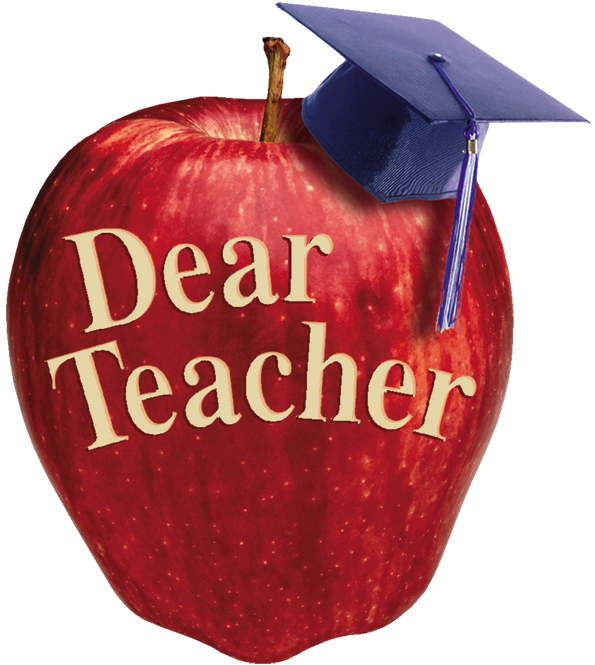Question: My son is in second grade and still has a lot of trouble with basic addition. He never really understood the concept last year and is not doing much better this year. Could you please give me some activities so that I can help him before he falls too far behind. - Mom
Answer: Before you start helping your son learn the basic facts, go back and work with him on understanding the concept of addition. He really needs to learn how addition is used to solve problems. The best way for him to do this is through actually handling objects (pennies, blocks, checkers) as he solves simple problems that you have made up for him. For example, you might say: "If you have two blocks, and I give you three more, how many will you have?" Have your son hold out a set of two blocks and a set of three, and then count the total number of blocks.
Repeat this procedure with many problems before doing the same thing with flashcards that have been drawn randomly. Use only flashcards that have a single-digit sum. Your son should also say and write the basic facts. The more senses (seeing, saying, hearing and writing) he uses in solving a flashcard problem, the quicker he will learn the basic facts.
The next step is to begin teaching your son strategies that he can use when he forgets an addition fact. Teach him to add 1 to a number by using a set of cards with the facts 2+1, 3+1 and on up to 9+1. Have him draw a card and set the problem up with counters. He'll quickly see that the answer is always one more.
Once your son has learned to add 1 to a number, move on to having him add 2 to a number. This time teach him the strategy of putting his finger on the first number and saying its name. Then he should place his finger on the 2, and count two beyond the first number. For example, for 4+2, he should say: "Four, five, six and then four plus two is six."
Take your time in teaching your child to add 1 and 2 to a number, as he is not only learning these simple facts but is also learning more about the meaning of addition. Next, work with him on the addition of doubles, which includes the numbers 2+2, 3+3 on up to 9+9. Again, you should use flashcards. Have your son use counters when he cannot readily give an answer. He should always say the complete fact. Learning doubles will be more meaningful if you show him objects, such as a six-pack of soda (3+3=6).
After doubles, go on to near-doubles, which are the doubles of a number plus 1 or 2. Teach your child the strategy that 4+6 can be thought of as 4+4+2 when he cannot readily remember the sum. Once your child has learned these strategies, addition should become much easier for him.
